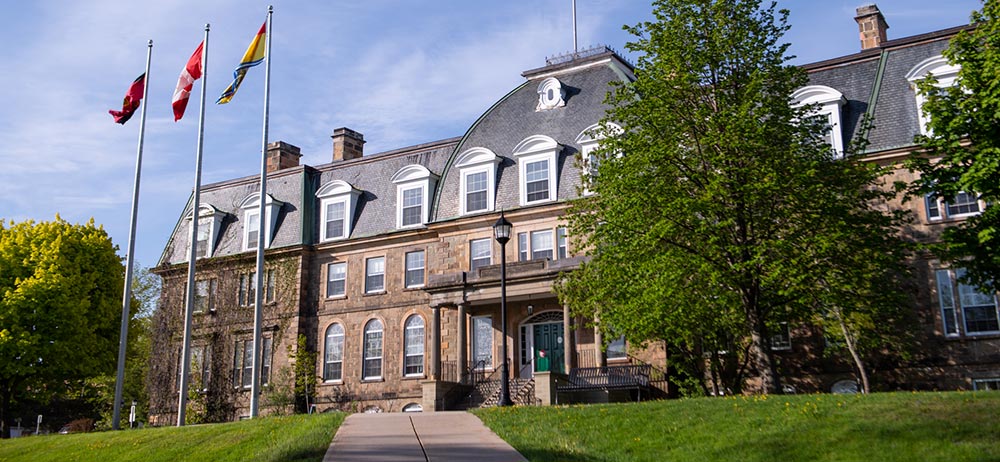UNB-Maine collaboration connects high schoolers to hands-on archaeology
Author: Brad Ackerson
Posted on Nov 14, 2019
Category: Research , Faculty , Student , Arts , Departmental
UNB Department of Anthropology faculty member Dr. Gabe Hrynick and his colleagues have been working to address the growing problem of archaeological losses resulting from rising sea levels through a collaborative project between UNB, Cobscook Community Learning Center (CCLC), and the University of Maine’s Maine Midden Minders project. This project aims to train local communities and students to monitor the degradation of shell middens in their area, collect data, and report back to researchers regularly with their findings to make up for the fact that there are simply too many middens for archaeologists to properly monitor without the help of communities.
If you have never studied archeology, you can be forgiven if you don’t already know what middens are or why they are important. Archaeologist Gabe Hrynick explains that shell middens are deposits of shellfish and other food remains or artifacts. In the Northeast, these deposits were created by the ancestors of the Wabanaki.Archaeological investigation of these middens allow archaeologists to learn more about the Wabanaki. Additionally, data from the analysis of ancient fish remains preserved in middens can help researchers better understand environmental challenges and responses.
The project has provided invaluable experience to UNB archaeology students who Hrynick says played a vital role in the project by training CCLC students in how to flintknap, identify artifacts, and measure coastal erosion or threatened shell midden sites.
For Hrynick, the project has been one of the highlights of his professional career so far as he and his colleagues have been able to work directly with groups in rural communities, educating and empowering them to help protect the invaluable archaeological resources within their own communities. The CCLC, for instance, has become the first high school group to be involved with measuring and observing shell middens and regularly reporting their findings to archeologists.
“We hope the high school students will become stewards of threatened archaeological resources while learning about past peoples and environments,” said Hrynick.


